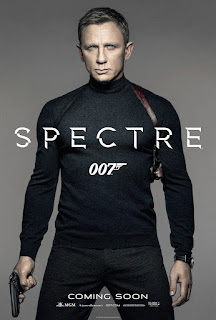A title sequence is used to introduce the film and give the viewers a feel of what is to come. It can also be used to name of the actors that are going to be featuring in the film, and at the end of a title sequence it will always give the name of the film.
Title sequences incorporate the logo of the institutions that are involved in the film, including the production, distribution and finance. The purpose of this is to advertise the company, establish the expectations of an audience and can be used as a symbolic code for the specific genre that is being used.
Title sequences can also be used to give the audience an idea about what genre the film is, as well as setting the tone/theme for the upcoming movie.










